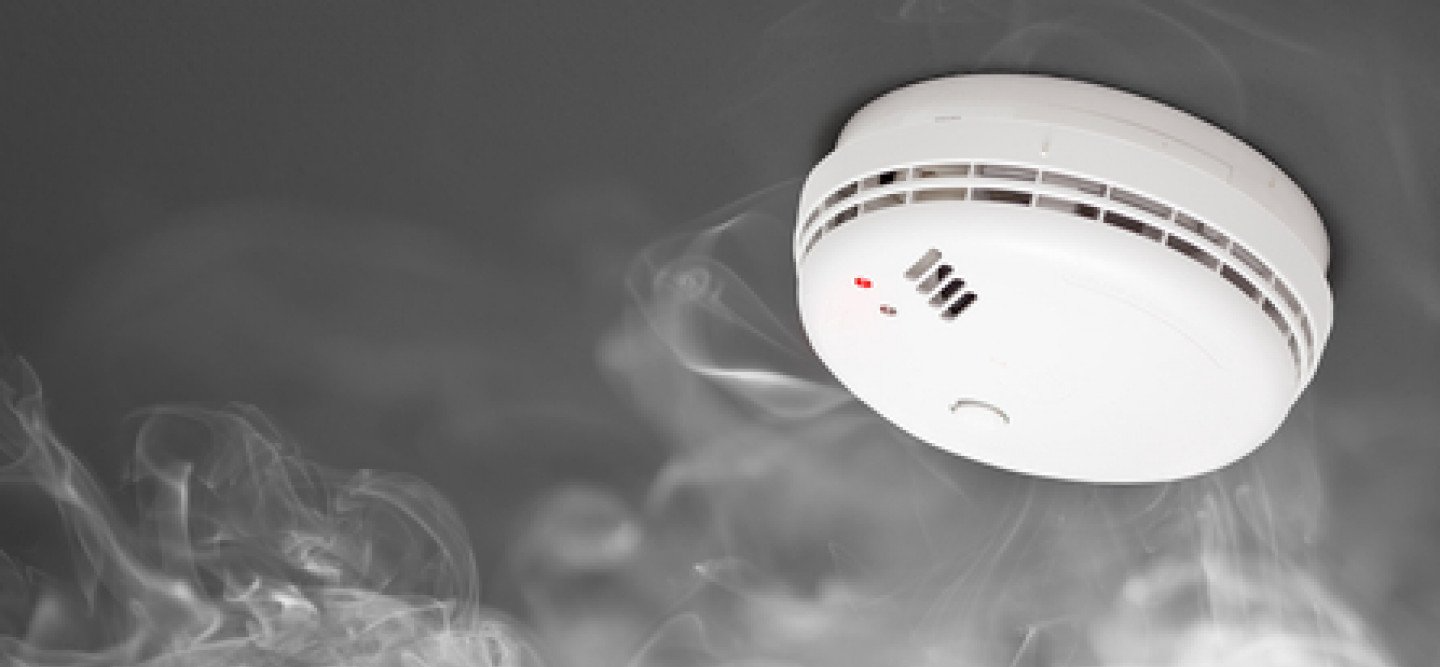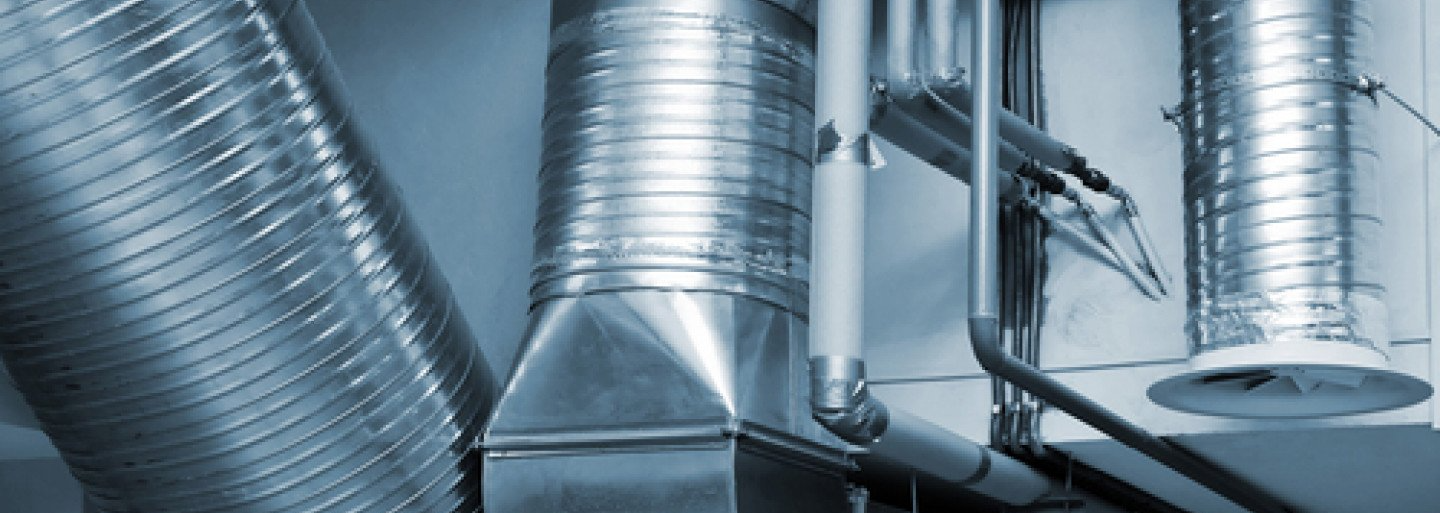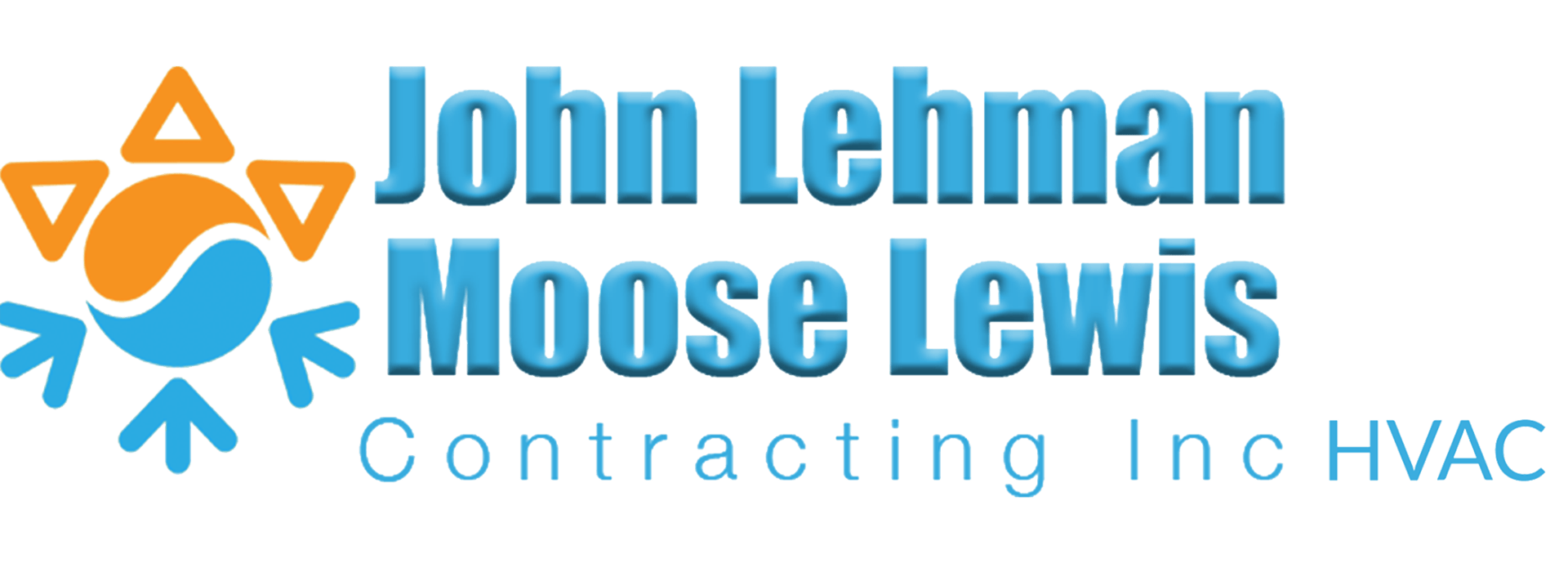8 SIGNS IT'S TIME TO REPLACE YOUR FURNACE
28 December 2020

Fall and winter can bring unpredictable weather. From cold, rainy fall days to snowstorms in the winter, it's important to create a safe and warm environment at home. If your current furnace is struggling to provide comfort during winter, it may be time to replace. Use our check list to help determine.
- THE AGE OF YOUR SYSTEM: Check the age of your system. The average lifespan of a furnace ranges from 15 - 20 years depending on maintenance and usage
- RISING ENERGY BILLS: increase in energy bills can mean that your system is running less efficiently.
- DUST, DIRT, SOOT OR RUST PARTICLES: If you notice more dust, dander, soot, rust or dirt building up within your home while your furnace is running, it's a sign to install a new system.
- ROOMS HEATING UNEVENLY: notice different rooms within our home are heated (or not heated) it's likely due to your furnace. As your furnace ages, it can be more difficult to push heat evenly throughout your home.
- FURNACE HAS VISIBLE SIGNS OF RUST OR CRACKS IN OR AROUND SYSTEM: If you've noticed signs of rust or cracks developing in or around your furnace, it's time to replace.
- IF YOU'RE SYSTEM BECOMES NOISY OR HUMS: If your system is running louder than normal or develops rattles, buzzes or hums, it's time to replace due to cracks, leaks or other structural issues.
- FREQUENT REPAIRS: Look at your repairs bills and note how many times you had to call to repair your heating system within the last 2 years.
It's time to call for your free estimate with John Lehman. We strive to giving the best service and look for specials and rebates for your replacement of your furnace.

Carbon monoxide is hard to detect. It's been called the silent killer for a reason. It doesn't have a smell, color, or taste. It can be found in your home from your fireplace, gas range, and furnaces. 1) When you breathe CO, it harms the ability of your blood to transport oxygen. Symptoms of the poison are dizziness, headache, disorientation, impairment of the cerebral function and comas are a few signs. If you suspect symptoms turn off the source, move to fresh air and get away from your home and call 911. 2) What causes a leak? Household appliances ranging from boilers, heating systems and gas fires can be sources of carbon monoxide gas. Even running your car engine in an enclosed space can cause CO 3) Treatments for Carbon Poisoning: Immediately breathing pure oxygen to replace the CO with oxygen in your blood is the first step. 4) Inspecting and cleaning fireplaces and chimneys are essential for safety and efficiency. 5) Check you HVAC vents that nothing is blocking them. 6) Install a Carbon Monoxide Detectors and Alarms. 7) Schedule regular maintenance. 8) Don't run your vehicle inside your garage. 9) Do not heat your home with your gas stove. 10) Cautious when using fuel burning space heaters. Leading causes of monoxide in your home can be from faulty furnaces, water heaters, stoves, and fireplaces. It could be a simple venting problem; left unchecked could escalate into a carbon monoxide problem. Have your HVAC inspected and cleaned every year by a professional.

A duct system that is well designed and properly sealed can make your home more comfortable, energy efficient, and safer. COMFORT: Sealing and insulating ducts can help with common comfort problems, such as rooms that are too hot in the summer or too cold in the winter. INDOOR AIR QUALITY: Fumes from household and garden chemicals, insulation particles, and dust can enter your duct system, aggravating asthma and allergy problems. Sealing duct can help improve indoor air quality by reducing the risk of pollutants entering ducts and circulating through your home. SAFETY: During normal operation, gas appliances such as water heaters, clothes dryers, and furnaces release combustion gases (like carbon monoxide) through their ventilation systems. Leaky duct work in your heating and cooling system may cause "back drafting," where these gases are drawn back into the living space, rather than expelled to the outdoors. Sealing leaks can minimize this risk. SAVE MONEY: Leaky ducts can reduce heating and cooling system efficiency by as much as 20%. Sealing and insulating ducts increases efficiency, lowers your energy bills, and can often pay for itself in energy savings. Plus, if you're planning to install new heating and cooling equipment, a well-designed and sealed duct system may allow you to downsize to a smaller, less costly heating and cooling system that will provide better dehumidification. PROTECT THE ENVIRONMENT: energy used in our homes often comes from the burning of fossil fuels at power plants, which contributes to smog, acid rain, and climate change. Simply put the less energy we use in our homes, the less air pollution we generate. By sealing your ducts and reducing the amount of energy necessary to comfortably heat or cool your home, you can reduce the amount of air pollution generated.

As a homeowner, one the toughest decisions you’ll have to make about your air conditioner is when it’s time for a new one. Although a new air conditioner can be a big investment, so can the costs of continuing to repair and operate an old, inefficient unit. So how are you supposed to know when it’s time to replace your air condition? Six tell-tale signs we’ve listed below are sure to help you make your decision! Air conditioner is more than 10 years old. In general you can expect a well maintained air conditioner to last about 15 years. However, if you’re in need of expensive repairs and your air conditioner is more than 10 years old, it will often make more sense to replace it. This is especially true when you consider the advancements in efficient we’ve seen with air conditioners in the past decade alone. Air conditioner is inefficient. If your air conditioner has a low SEER rating, it can cost you a lot of money to operate it. Currently, newly manufactured air conditioners must have a SEER rating of at least 13. If your air conditioner’s SEER rating is below 13 you can cut back on your energy cost by replacing it with a new, more efficient unit. You’re facing expensive repairs. Any time you’re facing an expensive repair, you’ll want to weigh the costs of the repair against the costs of a new unit. If the cost of the repair would cover a large part of a new system, and especially if your air conditioner is showing any of the other signs in this list, it will likely make more financial sense to replace it. Frequent breakdowns. Does it seem like you air conditioner is constantly breaking down? Are you calling for service every month because of a new problem with your unit? These repair costs can really add up, and it doesn’t make sense to keep making them on older systems. Save yourself the headaches and the money by investing in a new one. Air conditioner uses R22 Freon. Freon is being phased out by the federal government in order to conserve energy nationwide. As a result, the costs of Freon are rising exponentially. If your air conditioner uses Freon, you’ll have to replace it eventually in order to switch over to the new refrigerant (R410A). If you’re having major problems with your air conditioner, especially if they involve the need for more Freon, it’s probably a good time to replace your unit. Your home isn’t comfortable. Do you have a hard time keeping your home cool? This could be the sign of an aging air conditioner or even an incorrectly sized system. Regardless of the cause, you want your air conditioner to do its job! If it’s not going to keep your home cool, you’ll want to replace it with a unit that will.
